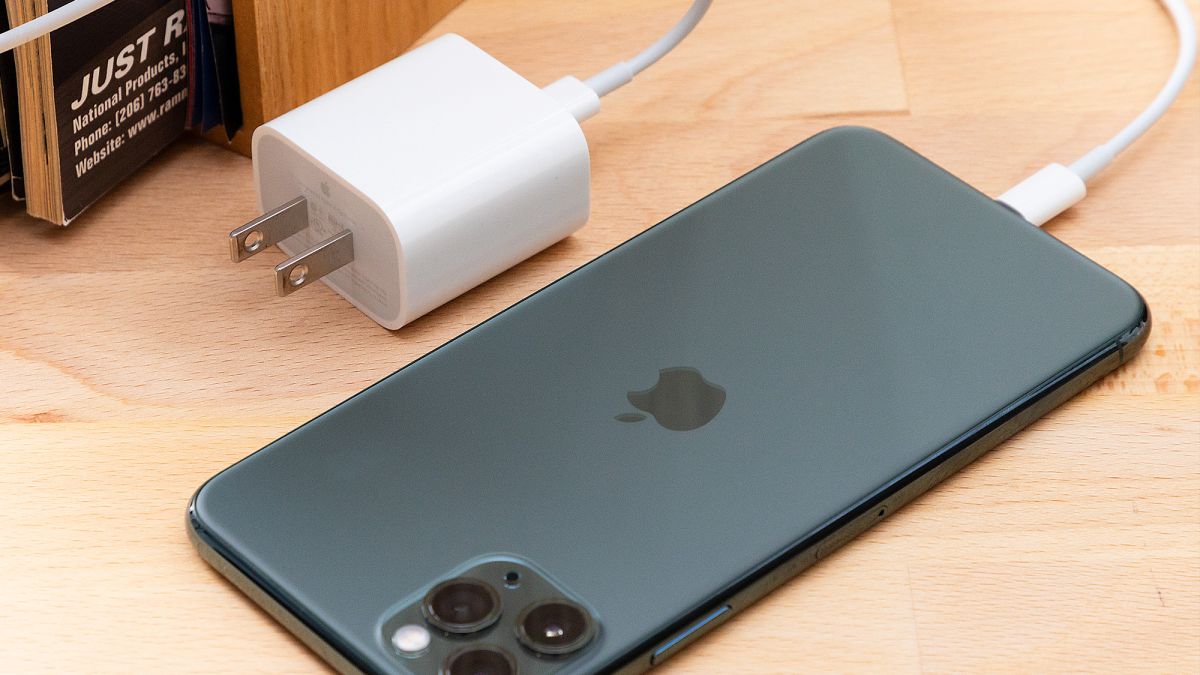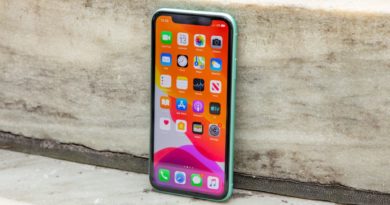OnePlus 8 Pro’s screen is going to beat Samsung Galaxy S20: Here’s why
With OnePlus’ next big phone reveal event less than two weeks away, on April 14, we’re receiving a wealth of leaks surrounding the forthcoming OnePlus 8 lineup. And the latest comes via testing from DisplayMate that reveals some key information about the displays on the OnePlus 8 and OnePlus 8 Pro.
As reported by PCMag, DisplayMate is evidently satisfied with the performance of the OnePlus 8 Pro’s panel in particular, which is said to feature a “2K+ high-res display” and a 120Hz refresh rate, equaling the speed of the screens in the Samsung Galaxy S20 series.
OnePlus CEO Pete Lau confirms in the story that the company has “once again cooperated with Samsung Display” in developing the OnePlus 8 line. That’s an important detail: the 120Hz panels utilized in the latest Galaxy handsets are among the brightest and smoothest-animating we’ve ever tested at Tom’s Guide, though they do come with one caveat: you can’t run them at maximum resolution and refresh rate simultaneously. Galaxy S20 users are essentially forced to prioritize animation speed or sharpness, and it’s unclear at this stage if the OnePlus 8 Pro will inherit that limitation.
DisplayMate has also recorded record-setting brightness figures from the OnePlus 8 Pro, which can apparently reach as high as 1,009 nits when set to automatic brightness, under high ambient light and when 50% of the panel is showing an image.
With automatic brightness off, the OnePlus 8 Pro apparently can’t claim those same peaks, based on DisplayMate’s analysis. PCMag’s Sascha Segan points out that many Android phones are prevented from hitting their true highest brightness under manual settings — something we also noticed when we tested the Galaxy S20’s screens.
On the Galaxy S20 Plus in particular, we recorded a peak full-screen automatic brightness of 847 nits. That’s not directly comparable to DisplayMate’s methodology, which uses 50% of the screen, rather than a fully-lit display. (OLED panels can devote more luminosity to small portions, rather than the entire screen as a whole).
Nevertheless, these numbers still demonstrate how phone makers are constantly one-upping each other with regard to display quality, brightness and refresh rates with the launch of every new model. DisplayMate’s findings also mention a new anti-reflective coating on the screens of OnePlus’ new offerings, with the 8 Pro delivering “close to the lowest screen reflectance level [they’ve] ever measured for a smartphone.”
Last year, OnePlus made a strong marketing push behind the OnePlus 7 Pro‘s 90Hz Fluid AMOLED screen, saying it was the most advanced panel in any phone at the time of its release, and certainly more sophisticated than any screen OnePlus had ever fitted to any of its handsets up to that point. With everything we now know about the OnePlus 8 and especially the Pro variant, it seems the company only intends to strengthen its commitment to display quality.


